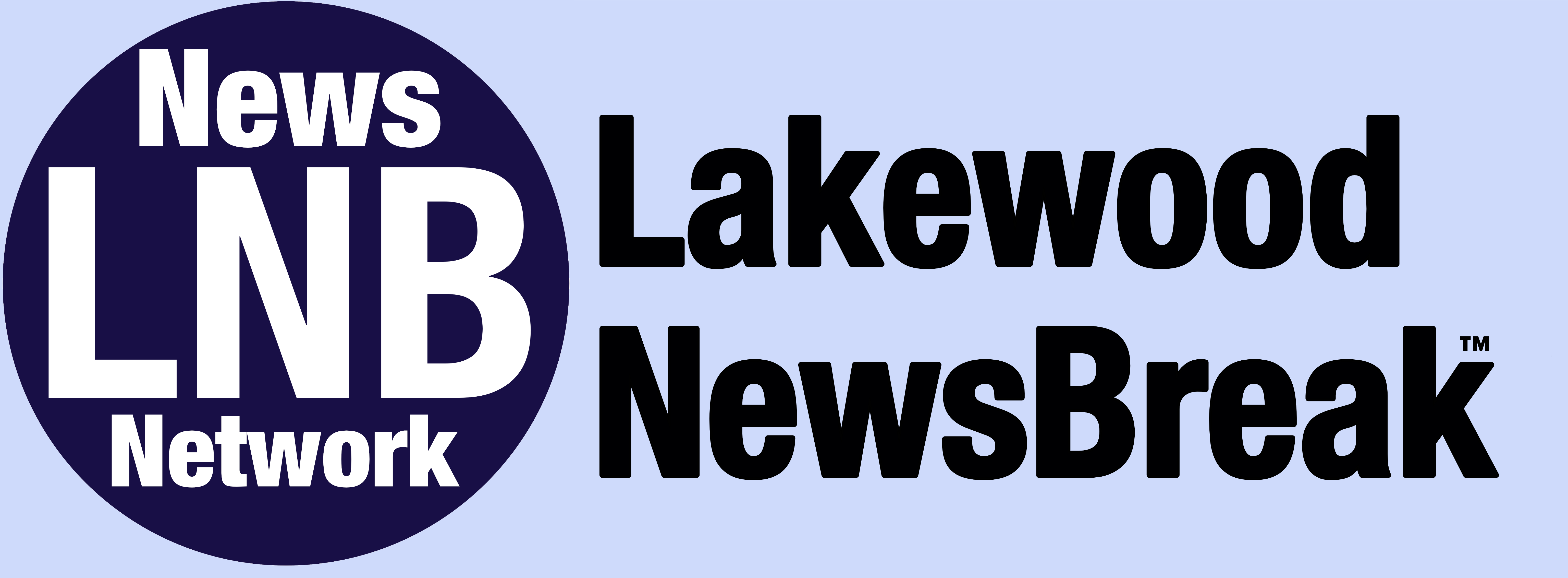Five film composers who helped define the sound of scary
2024-07-17T20:59:18.386ZIt feels like we are living through something like a horror flick renaissance — and thankfully I don’t even have to uncover my eyes to enjoy it.As horror movies continue to find ways to subvert their own conventions and sneak up on themselves, film composers have also been pushing the traditional sounds of “scary music” — think Zilgi’s retrofuturist soundscapes for “Longlegs,” Colin Stetson’s feral reeds in “Hereditary,” or Will Bates’s unholy drones for “Immaculate.”The history of horror scores is a long, winding path (that leads to an old abandoned shed stocked with a bunch of rusty hatchets), with legends of the form and shadowy figures that lurk around the edges of the frame. Here’s my stab at five of the most killer composers in film history.Anthony Perkins and Janet Leigh in the 1960 Alfred Hitchcock movie “Psycho.” (Everett Collection) Bernard HerrmannSpooky film music truly begins with Bernard Herrmann, whose instinctual blend of beauty and horror made him the go-to composer for Alfred Hitchcock. Herrmann got his start at CBS, working on radio dramas with Orson Welles — he even conducted the panic-inducing 1938 live broadcast of “War of the Worlds.” He’d go on to score seven films for Hitchcock, including “Psycho” — perhaps the stabbiest string section ever recorded, and the most enduring example of Herrmann’s unorthodox approach to rhythms and harmonies. (He also makes a cameo as a conductor in “The Man Who Knew Too Much.”) The composer also worked with directors including François Truffaut (“The Bride Wore Black”), Brian De Palma (“Obsession,” for which he earned an Oscar nomination) and Martin Scorsese (“Taxi Driver,” his final score before his death in 1975). He even took the first crack at an opening theme for “The Twilight Zone” — an unsettling 12-tone anxiety attack, employed for just one season before Marius Constant’s iconic ostinato commenced its eerie loop.Ennio MorriconeThe grand maestro of the Italian cinema died in 2020, but left behind a legacy that spans every imaginable genre — from the spaghetti westerns of Sergios Corbucci, Sollima and Leone, to a long list of giallo (Italian horror) classics such as “Cold Eyes of Fear” and “My Dear Killer.” Morricone’s creepy yet cosmopolitan scores for director Dario Argento included “The Bird With the Crystal Plumage,” “The Cat o’ Nine Tails” and “The Phantom of the Opera.” I love the ghostly psych-folk touches of his score for “Exorcist II: The Heretic” (which continue to haunt horror scores to this day), but my favorite Morricone monster movie treatment is his theme to John Carpenter’s 1982 horror/sci-fi classic, “The Thing,” which thumps with an alien heartbeat, twists with unrelenting tension and gradually insinuates itself through growling synths and icy organs — a chilling approximation of fear itself.John CarpenterIf you’re not someone who stays (or uncovers their eyes) for the credits, you might not have known that director John Carpenter almost always plays double duty as the primary composer for his films. From the bleeps and bloops of his 1974 debut sci-fi comedy “Dark Star” to his influential 1976 action thriller “Assault on Precinct 13,” to a string of horror and thriller favorites such as “The Fog,” “Christine” and “They Live,” Carpenter’s widescreen approach to the visual carries right over to his arresting musical sensibilities. Most memorably, Carpenter created that piercing piano line that throbs like a heightened pulse through the first three “Halloween” films.Nicolas Cage in David Lynch's 1990 film “Wild at Heart.” (Propaganda/PolyGram/Kobal/Shutterstock) Angelo BadalamentiThe films of director David Lynch tend to dwell in the gray area between pleasant dreams and waking nightmares, and sound has always played a major part in creating their eerie atmospheres. (Lynch himself often moonlights as a sound designer on his own films.) A talented songwriter and arranger (who wrote tracks for Nina Simone and Shirley Bassey), Badalamenti, who died in 2022, segued into film scoring in the mid-1970s. And while you can hear Badalamenti operate in pure horror mode in 1987′s “A Nightmare on Elm Street 3: Dream Warriors,” his sweet spot is the mix of swooning sentimentality and creeping surrealism that made Lynch’s films so seductively disorienting: From “Blue Velvet” to “Wild at Heart,” “Lost Highway” to “Mulholland Drive,” and of course, every dark corner and back road of “Twin Peaks.” Part of what makes his music so effective is the way the fear and dread that course through it are ever undercut by a sunbeam of sweetness and innocence. (On that note, if you’ve never seen the footage of Badalamenti sitting at a keyboard and explaining how he composed “Laura Palmer’s Theme,” I must insist that you do, and have a tissue handy.)Mica LeviIf you saw Jonathan Glazer’s obscenely unflinching family portrait “The Zone of Interest,” you know how even the faintest sounds cut like razor wire. You may also have noticed its hea

It feels like we are living through something like a horror flick renaissance — and thankfully I don’t even have to uncover my eyes to enjoy it.
As horror movies continue to find ways to subvert their own conventions and sneak up on themselves, film composers have also been pushing the traditional sounds of “scary music” — think Zilgi’s retrofuturist soundscapes for “Longlegs,” Colin Stetson’s feral reeds in “Hereditary,” or Will Bates’s unholy drones for “Immaculate.”
The history of horror scores is a long, winding path (that leads to an old abandoned shed stocked with a bunch of rusty hatchets), with legends of the form and shadowy figures that lurk around the edges of the frame. Here’s my stab at five of the most killer composers in film history.

Bernard Herrmann
Spooky film music truly begins with Bernard Herrmann, whose instinctual blend of beauty and horror made him the go-to composer for Alfred Hitchcock. Herrmann got his start at CBS, working on radio dramas with Orson Welles — he even conducted the panic-inducing 1938 live broadcast of “War of the Worlds.” He’d go on to score seven films for Hitchcock, including “Psycho” — perhaps the stabbiest string section ever recorded, and the most enduring example of Herrmann’s unorthodox approach to rhythms and harmonies. (He also makes a cameo as a conductor in “The Man Who Knew Too Much.”) The composer also worked with directors including François Truffaut (“The Bride Wore Black”), Brian De Palma (“Obsession,” for which he earned an Oscar nomination) and Martin Scorsese (“Taxi Driver,” his final score before his death in 1975). He even took the first crack at an opening theme for “The Twilight Zone” — an unsettling 12-tone anxiety attack, employed for just one season before Marius Constant’s iconic ostinato commenced its eerie loop.

Ennio Morricone
The grand maestro of the Italian cinema died in 2020, but left behind a legacy that spans every imaginable genre — from the spaghetti westerns of Sergios Corbucci, Sollima and Leone, to a long list of giallo (Italian horror) classics such as “Cold Eyes of Fear” and “My Dear Killer.” Morricone’s creepy yet cosmopolitan scores for director Dario Argento included “The Bird With the Crystal Plumage,” “The Cat o’ Nine Tails” and “The Phantom of the Opera.” I love the ghostly psych-folk touches of his score for “Exorcist II: The Heretic” (which continue to haunt horror scores to this day), but my favorite Morricone monster movie treatment is his theme to John Carpenter’s 1982 horror/sci-fi classic, “The Thing,” which thumps with an alien heartbeat, twists with unrelenting tension and gradually insinuates itself through growling synths and icy organs — a chilling approximation of fear itself.
John Carpenter
If you’re not someone who stays (or uncovers their eyes) for the credits, you might not have known that director John Carpenter almost always plays double duty as the primary composer for his films. From the bleeps and bloops of his 1974 debut sci-fi comedy “Dark Star” to his influential 1976 action thriller “Assault on Precinct 13,” to a string of horror and thriller favorites such as “The Fog,” “Christine” and “They Live,” Carpenter’s widescreen approach to the visual carries right over to his arresting musical sensibilities. Most memorably, Carpenter created that piercing piano line that throbs like a heightened pulse through the first three “Halloween” films.

Angelo Badalamenti
The films of director David Lynch tend to dwell in the gray area between pleasant dreams and waking nightmares, and sound has always played a major part in creating their eerie atmospheres. (Lynch himself often moonlights as a sound designer on his own films.) A talented songwriter and arranger (who wrote tracks for Nina Simone and Shirley Bassey), Badalamenti, who died in 2022, segued into film scoring in the mid-1970s. And while you can hear Badalamenti operate in pure horror mode in 1987′s “A Nightmare on Elm Street 3: Dream Warriors,” his sweet spot is the mix of swooning sentimentality and creeping surrealism that made Lynch’s films so seductively disorienting: From “Blue Velvet” to “Wild at Heart,” “Lost Highway” to “Mulholland Drive,” and of course, every dark corner and back road of “Twin Peaks.” Part of what makes his music so effective is the way the fear and dread that course through it are ever undercut by a sunbeam of sweetness and innocence. (On that note, if you’ve never seen the footage of Badalamenti sitting at a keyboard and explaining how he composed “Laura Palmer’s Theme,” I must insist that you do, and have a tissue handy.)
Mica Levi
If you saw Jonathan Glazer’s obscenely unflinching family portrait “The Zone of Interest,” you know how even the faintest sounds cut like razor wire. You may also have noticed its heavily rationed music, committed to just a few points in the film, and sometimes its very margins. Mica Levi’s main theme slowly disintegrates in your ears, its slumping intonation a sonic capture of dwindling hope. Over the past decade and just a few impactful films, Levi — erstwhile leader of busted indie-pop outfit Micachu & the Shapes — has become one of the most innovative composers in the business. The grief-stricken strings that replayed like a horrible memory in Pablo Larrain’s “Jackie” earned Levi an Oscar nomination. And their original music for Glazer’s otherworldly “Under the Skin,” which pulses through the film like an alien heart, remains one of the most haunting film scores ever released.











